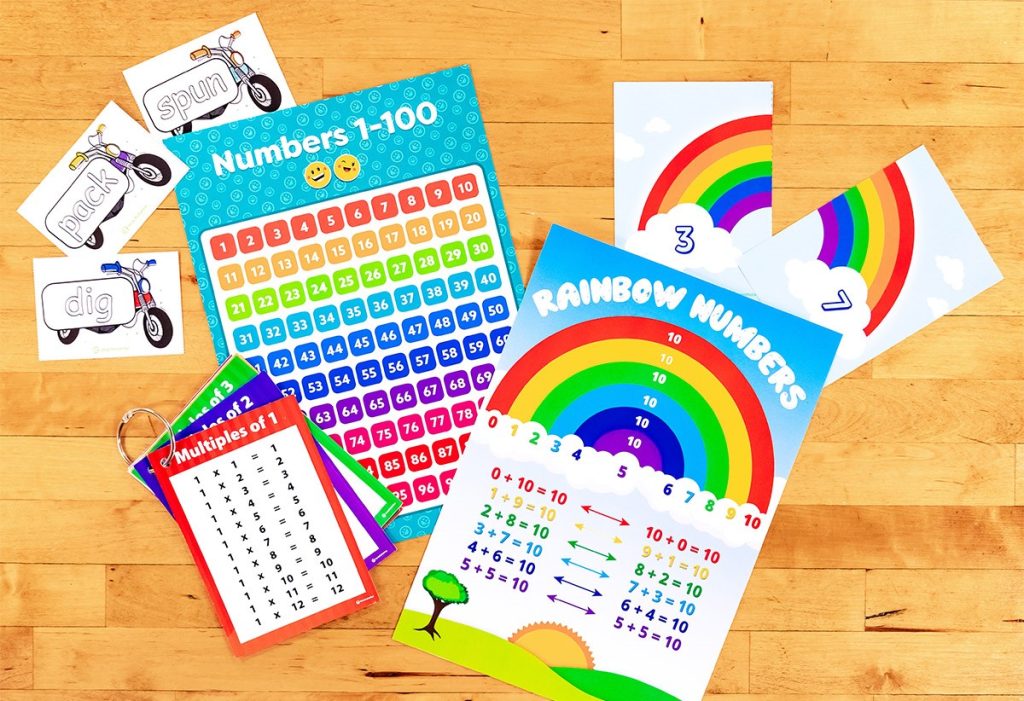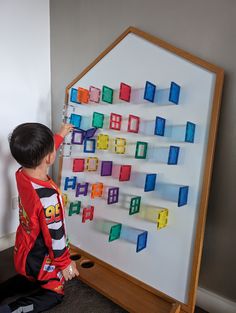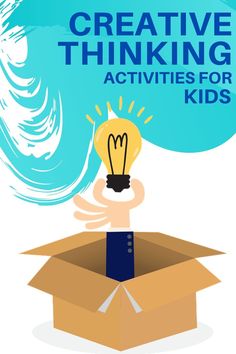Homework clubs can be a fantastic way for students to get together, help each other, and stay motivated to complete their school assignments. If you’re considering setting up a homework club, here are some steps to guide you through the process.
Define the Purpose and Goals
Before you start a homework club, it’s important to determine why you’re starting it and what you hope to achieve. Do you want to provide a quiet space for individual study, or are you aiming for collaborative learning where students help each other? Setting clear goals will help guide the structure of your club.
Choose a Location
A suitable location is critical. This place should be quiet, have enough space, and be easily accessible to students. Libraries, community centers, or empty classrooms are excellent places as they provide a formal atmosphere conducive to studying.
Set a Schedule
Decide on the days and times that the homework club will meet. It’s important to consider when students are most likely to attend — after school or in the evening. Be consistent with the timing so that students can build it into their routine.
Gather Materials
Make sure you have all the materials necessary for effective studying: textbooks, reference books, stationary supplies like pens and paper, computers with internet access if possible, printer/scanner facilities, etc.
Establish Rules and Structure
Creating a set of rules helps to maintain order and focus within the group. For instance, settle on rules regarding noise levels, toy usage during club time (like phones), or bringing snacks. Additionally, decide how the time will be structured—whether there’ll be a quick briefing at the start of each session or if students break off into groups.
Recruit Members
You’ll need to promote your homework club to gather members. You can do this by creating flyers and posters to advertise around your school or local community centers. You could also use social media or word-of-mouth to get the word out there.
Find Supervision
Having an adult supervisor like a teacher or parent can help oversee the club activities. This person can provide homework help if needed or mediate any disruptions that arise during study time.
Secure Funding if Necessary
If you require funds for materials or snacks, look into potential sponsorships from local businesses or educational grants available in your area that support after-school programs.
Monitor Progress and Solicit Feedback
It’s important to keep track of how well the homework club is meeting its intended goals. Ask for regular feedback from members and adjust your strategies accordingly. This ensures that the club remains effective and continues to meet student needs.
With careful planning and management, a homework club can be an invaluable resource that fosters community support among students as they work towards academic success.











